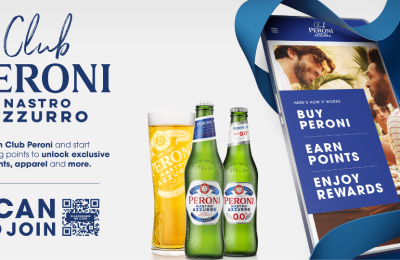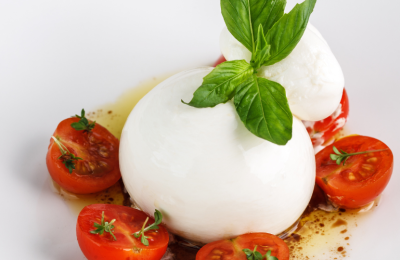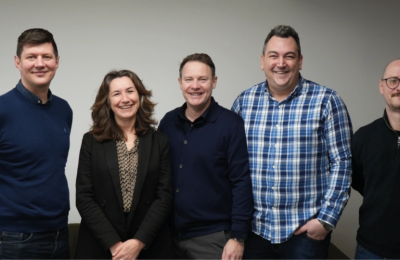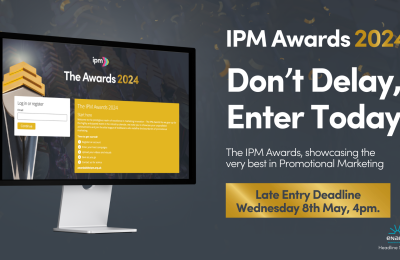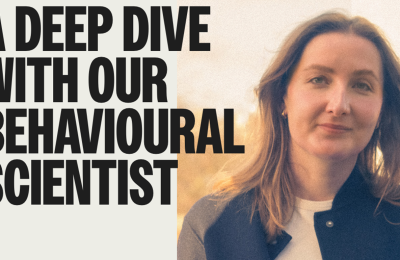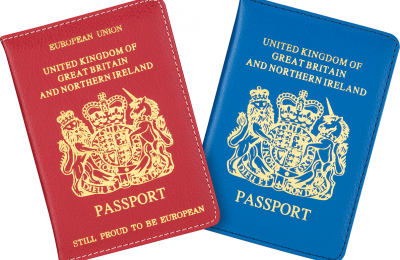Jess Turner, Senior Copywriter at Haygarth, explores the importance of words in great marketing.
In marketing, we’re often told that when it comes to copy, it’s best to keep things short. Headlines should be succinct and understood in a fleeting moment. Captions should be brief enough to catch eyes in a scrolling newsfeed. Everybody’s far too busy trolley-dashing around Sainsbury’s, bouncing on and off tubes or staring at cat videos on their phones to pay attention to what brands are saying. If ads do get a look in, it’s the image that makes the impact.
Call me biased, but I think that, used properly, words can be worth their weight in gold and used to make a lasting impression. And I’m not just talking about ‘find me in the cheese aisle’.
What’s in a word?
Words can make a connection. In 2017 and 18, Spotify mined listener data to create its global out-of-home campaign that brought user habits to life in a way everyone could recognise and relate to. In its quest to connect with people, the brand tapped into specific events, locations, times and dates to create playful insight-led ads. This resulted in longer headlines – like “Dear 3,749 people who streamed “It’s the end of the world as we know it” the day of the Brexit vote, “Hang in there.” – but ultimately bigger emotional connections.
Words can achieve clarity. Despite popular opinion, it’s not always the case that the longer it takes to say something, the more complicated the message is. Sometimes stripping out words for the sake of brevity can often strip out the meaning too. Take dental hygiene brand Corsodyl’s ‘For People Who Spit Blood When They Brush Their Teeth’. It’s long (and also a little gross), but there’s no mistaking the message.
Words can tell a story. A picture might paint 1,000 words, but words can tell a far richer story. For example, dating app Hinge’s data-driven copy ads deliver its promise of a ‘better dating app’ through stories inspired by real user responses. (Unlike many dating apps, Hinge asks users questions in order to understand their personality types and inform better matches). Founder Justin McLeod told Adweek that the fact that the ads take a while to read reflects the ethos of the app – in contrast to the quick-swipe nature of online dating, “If you slow down and put in a bit of extra effort, there can be huge rewards.”
Words can seal a deal. It’s true that words have to work harder in store, but that doesn’t mean every message needs to scream WIN or FREE to nudge shoppers to buy. Take Tesco’s Food Love Stories. The brand’s personable campaign took a softly does it approach to catching and converting shoppers’ attention into sales, simply by celebrating the food people love to make. The creative rolled out in store was undoubtedly bold, beautiful and impactful, but it was the story – the words – behind each execution that warmed people’s hearts. A boring bowl of tomato soup became Nana’s ‘Magic’ soup; Yann and Pamm’s ‘Recharge’ Ratatouille brought to mind hectic weekends with hordes of grandchildren. Through relatable recipe inspiration that felt genuinely human and helpful, Tesco managed to contextualise its grocery offering and put its products at the heart of people’s homes.
Words might not be as nice to look at as a pretty picture, or as instant, but used properly they can hit home just as hard. They can intrigue, entertain, educate, persuade, shock or surprise you. They can raise a laugh (or a least a smile) or set a different tone altogether. They can pull at heartstrings, make a point or make a sale. And for brands with something to say, they can be the difference between people looking and people listening. Take my word for it.
Haygarth is an award-winning creative agency that create powerful brand and retail ideas that amaze and persuade people to buy.




